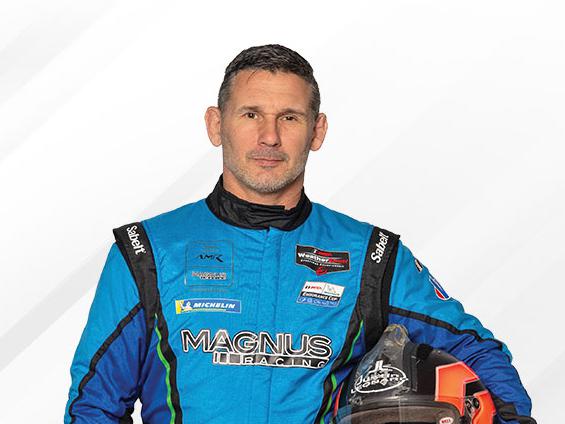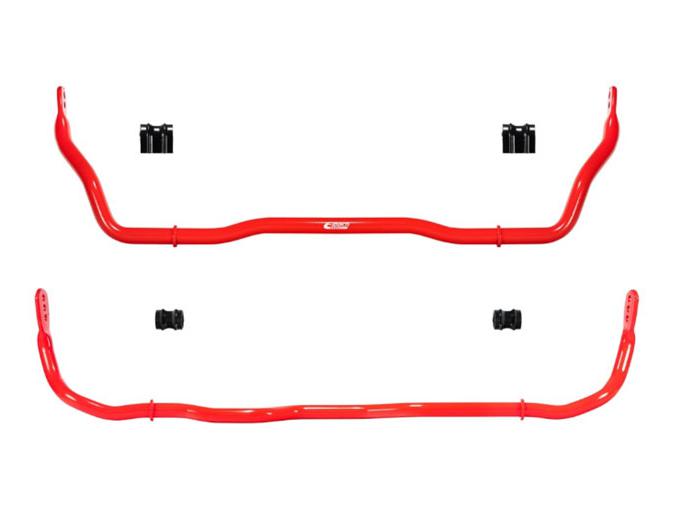Stop Doing That…Do This Instead: Race Car Plumbing
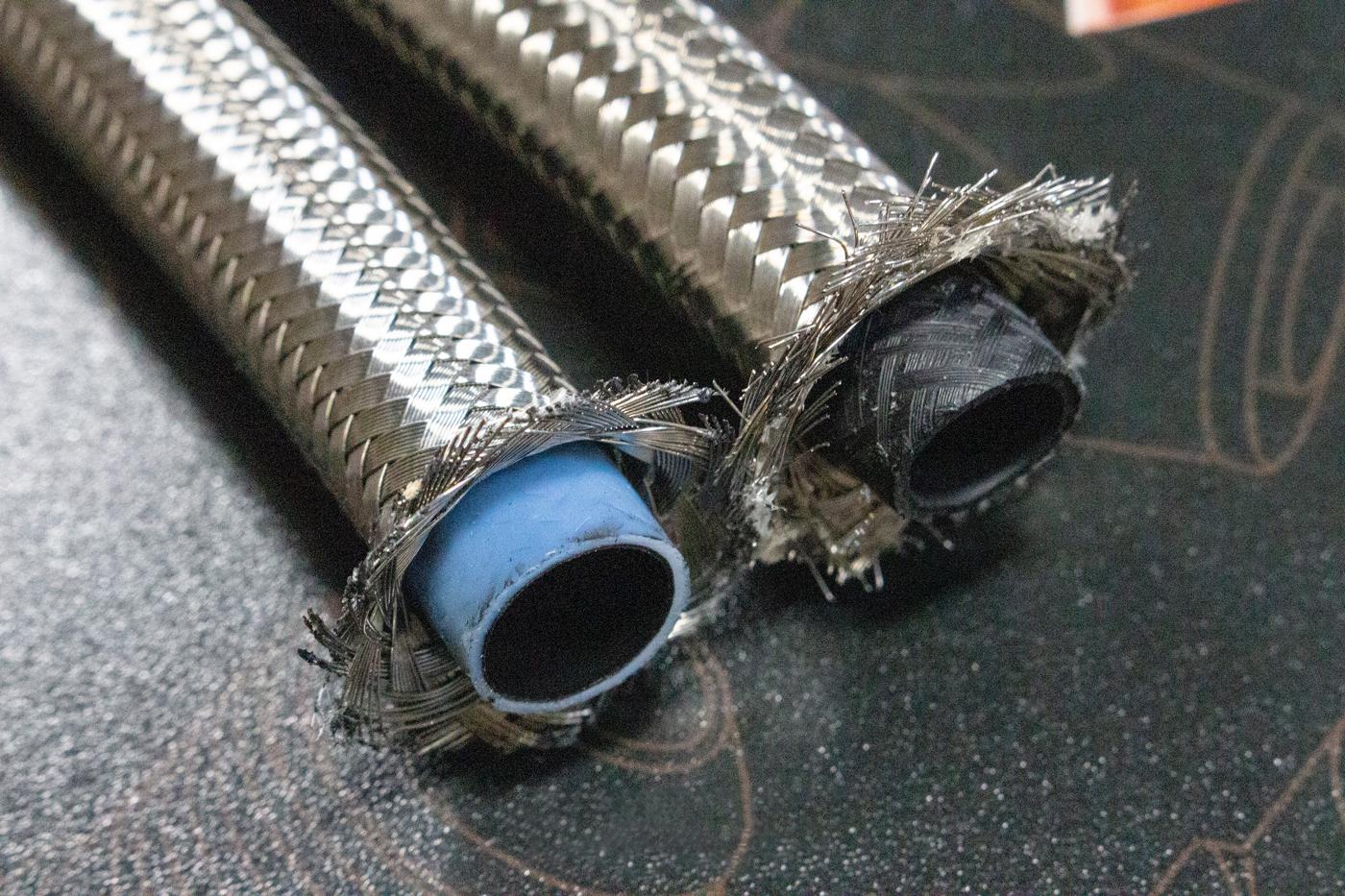
When selecting fuel lines, the choice typically comes down to two options: synthetic rubber lines and PTFE hose, said Kevin Fitzgerald of Redhorse Performance. “PTFE generally has a wide range of fuel compatibility” beyond just pump and race gas.
Following these simple yet crucial best practices can help prevent complications, as well as additional expenses, down the road.
It’s all too easy to find yourself with tunnel vision on a new project. Hardware that increases horsepower, adds grip, or reduces weight can certainly yield a competitive edge, but all the performance in the world isn’t worth much if a racer can’t actually make it to the finish line. Even though well-thought-out plumbing won’t dramatically reduce lap times, it can prove to be a crucial factor in overall reliability. And nothing’s slower than a DNF.
“If you go into this blindly, you’re asking for trouble,” said Kevin Fitzgerald of Redhorse Performance, Bridgeview, Illinois. “We just got a call from a guy who told us he wanted ‘the biggest, the best’ fuel lines for his car. But when it comes to race car plumbing, bigger doesn’t necessarily equate to better—especially with fuel systems. So much of this comes down to doing your research and choosing the appropriate components for the application.”
He often sees teams choosing inexpensive plumbing components to help keep costs in check, but that approach can ultimately end up being more expensive in the long run. “Folks who’re using a pump gas setup will go with the cheap option because it’ll work with what they have at that moment,” Fitzgerald explained. “But builds can change very quickly. If you suddenly decide you want to run E85 or some other exotic type of fuel, you now have to replace all of those fuel lines because they’re not compatible with that new fuel you want to use. It’s important to consider your long-term goals in a situation like that. Even if something isn’t in the immediate future, it’s wise to spend a little more for the high-quality stuff that can grow with the build.”
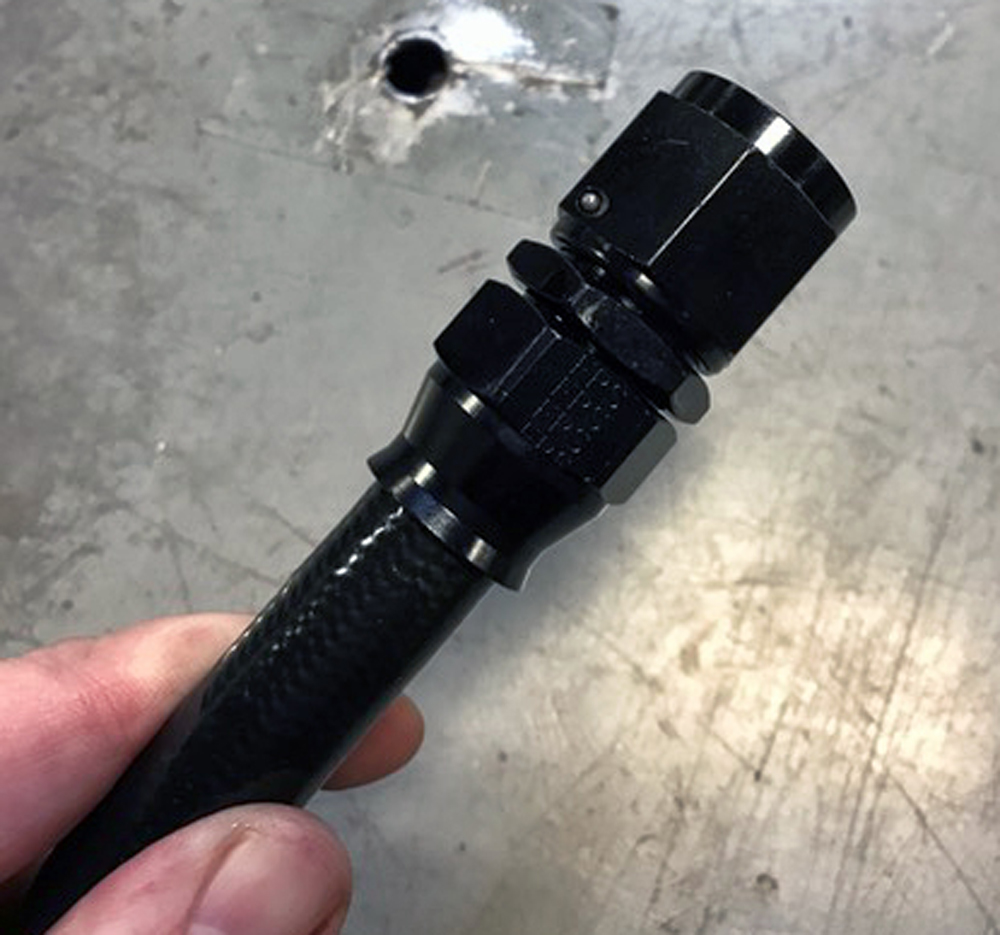
Fitzgerald said that with fuel systems, the choice typically comes down to two options: synthetic rubber lines that are compatible with pump gas and race gas, and Polytetrafluoroethylene (PTFE) hose. “PTFE generally has a wide range of fuel compatibility. Our PTFE lines are like a hard polymer, and it doesn’t break down like a rubber hose will over time.”
He also said that ignoring material compatibility can lead to some pretty serious problems down the road. “If you’re running the wrong inner liner, or you’re just using the wrong type of hose material in general, the material will decay over time, and that’s going to cause contamination downstream that could potentially clog up your injectors,” he said. “Suddenly the system goes lean and the engine is toast. Even if you catch it before that happens, it’s going to send you down a rabbit hole of trying to figure out what’s contaminated, and what parts of the fuel system need to be flushed out.”
Brint Mclellan of Fragola Performance Systems in Southington, Connecticut, said it’s a mistake that can also be triggered by other factors. “Maybe they don’t want to smell fuel in the car, or in the garage, so they’ll plumb it using synthetic rubber hose when they really should have used a Teflon or PTFE product to begin with. Regardless of whether or not it’s compatible with the fuel you’re using, synthetic hose is eventually going to dry out over time. It’s something you’re inevitably going to have to replace down the line, so it might be worth the extra expense up front to get something that will last for a longer period of time,” he advised.
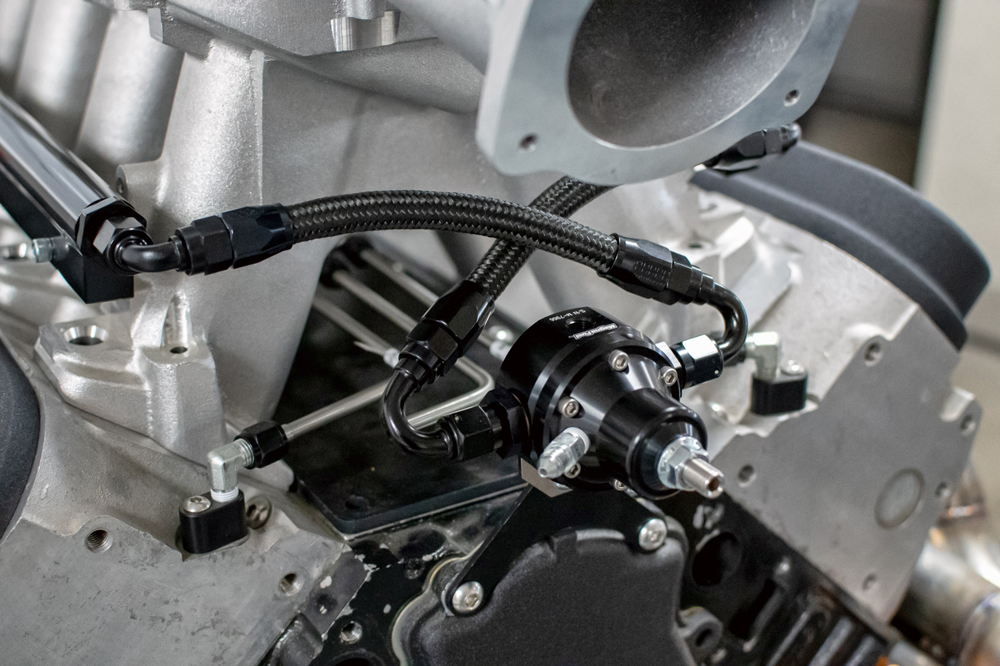
Mclellan emphasized that simple installation errors can also cause big headaches. “One of the things we commonly see is folks getting stainless braid, or a nylon weave, caught up in the socket as they’re mating two components together,” he said. “That can cause galling, and some people will push it to the point where they break the hose end apart. It’s important to make sure the braid isn’t in the way of the threads and the components themselves. It seems simple, but we see it a lot.”
Filters can be another problem area in the fuel system, according to Fitzgerald. “People call us all the time asking what kind of filter they should be using, and I always refer them back to the manufacturer of their fuel pump.”
He added that the requirements are usually very specific, and often include using a filter of a specific micron level before the pump and another type after the pump. “They are going to be able to tell you what degree of filtration is needed at what point in the chain, and disregarding that can have a significant impact on the longevity of the pump. If you’re running a filter that’s too restrictive before the pump, for instance, it can starve it. On the other hand, if you’re running a filter that’s not fine enough, you could be allowing debris to get through, and that can also damage the pump. The manufacturer is always going to have the most comprehensive knowledge of what pre- and post-pump filters you should be using in order to maximize the life of the pump,” Fitzgerald concluded.
Sources
Fragola Performance Systems
fragolaperformancesystems.com
Redhorse Performance
redhorseperformance.com
 MEMBERSHIP LOGIN
MEMBERSHIP LOGIN JOIN PRI
JOIN PRI
